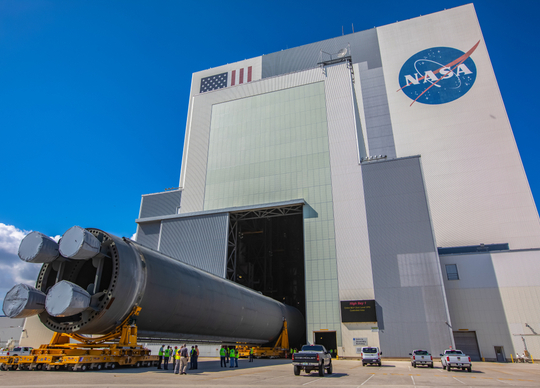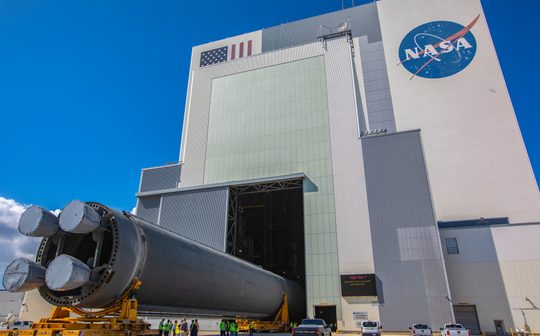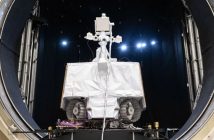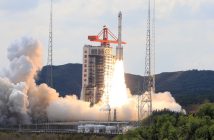
NASA has delayed the rollout of its Artemis I Space Launch System (SLS) rocket and Orion spacecraft until an unspecified date in March after saying they needed additional time to complete closeout activities. The space agency had wanted to roll out the rocket and spacecraft this month.
In a media briefing on Wednesday, NASA officials said while no significant problems had surfaced, further work was needed on the SLS before any rollout to the launchpad takes place.
The SLS and Orion spacecraft was previously due to lift off in March on an unmanned mission to the Moon. The Artemis I mission is the first in an increasingly complex series of missions to facilitate human exploration of the Moon and Mars.
NASA now says it will bring the SLS and Orion spacecraft out of the vehicle assembly building to Launch Pad 39B at NASA’s Kennedy Space Centre in Florida next month.
Confirmation of the rollout delay sees the earliest possible Artemis I launch date pushed back to April or May. While unmanned, the sheer size of the rocket and the distance the spacecraft will travel is adding layers of complexity to final preparations.
Together, the SLS and Orion spacecraft will stand nearly 100 metres tall on the launchpad. The rocket is the most powerful NASA has deployed since using the Saturn V rocket in 1972.
“There’s no one specific thing,” Tom Whitmeyer, Deputy Associate Administrator for Exploration Systems Development at NASA, said on Wednesday. “We just have a lot of little things we need to close out – it’s a big vehicle with a lot of instrumentation.”
The Artemis program dates back to 2017, when the White House set a goal of landing humans on the Moon in 2024. Late last year, NASA pushed that date back to 2025. However, the launch of Artemis I is the first step to achieving that 2025 goal.
Once on the launch pad, NASA will stage what they call a wet dress rehearsal – a full run-through of operations, including loading propellant into the fuel tanks and a launch countdown without proceeding to the actual launch.
“We don’t really know until we do the wet dress rehearsal how much additional time it will take to get ready to launch,” Mr Whitmeyer said. But if the wet dress rehearsal goes well, a launch date could be set shortly after.
“The April (launch) window opens on the 8th and closes on the 23rd,” added Mike Sarafin, NASA’s Artemis Mission Manager. “If we were to need May, it would open on the 7th and close on the 21st.”
Artemis I is a crucial test run for NASA. After that, in 2024, the space agency wants to send a crewed Artemis II spacecraft on a fly-around of the Moon. In 2025, NASA intends to use Artemis III to land people on the Moon.
“We’re taking it one step at a time; we’re doing it very meticulously,” noted NASA’s Mike Bolger on Wednesday. “We’re finding that right balance: Continuing to push to get this launched as soon as we’re ready, but not before.”
The planned 2025 Moon landing will precede plans to establish a manned base camp there and an ambitious longer-term goal of sending a crewed spacecraft to Mars.





